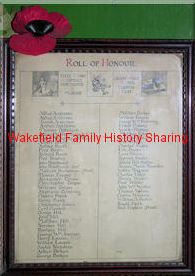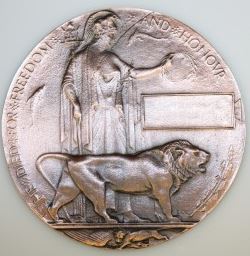Another Walk Around Sugar Lane
The past two years have affected so many families – I hope you have written up your part in this worldwide event as part of your history. Your thoughts, your actions, how you have tried to keep life normal. And what you have done to keep busy. All this information forms part of who you are – family historians like to have this kind of information, well I know I do!
Some of you may have increased your efforts to add names and dates to your family history. I for one, have done this, concentrating on my One-Name Study. During July, I spent another two glorious weeks in Scotland visiting family farms, kirkyards and cemeteries and a wonderful time with the curator of the Highlanders Museum, but that’s another story.
I don’t know why but, I always feel at peace in a nice cemetery – could it be that not many people visit or I am happy on a nice day to get my daily 10,000 steps in a sometimes beautiful place. Well, although Sugar Lane is a nice cemetery and I do find its inhabitants fascinating and it is one of my favourite places it is not one of the most beautiful burial grounds I have visited. But, saying that, there are, some wonderful stories waiting to be found within its stone boundaries.
Edward Anderson Elvey. What can that name and his headstone tell us and where will we be led? Well, for a start he lived at Gathorne Terrace, Sandal when he died on the 20th of February 1919. Probate was granted in May of the same year to William Henry Kingswell, solicitor, William Scholey, solicitor’s clerk, May Roberts, wife of Walter Harold Roberts and Arthur Edward Elvey, music teacher. His total effects were £36137 13s. Who was Edward to have amassed this amount of money during his life?
Edward, born in 1840 in Lynn, Norfolk, was the son of John Elvey, a bricklayer, and his wife, Elizabeth.
In 1851, the family were living in the parish of Tilney St Lawrence. John Elvey was aged 48 and working as a Master Builder. Edward was the youngest of four children living at home.
The 1861 census, however, does raise an important question. John Elvey was by 69 years of age and his wife, Elizabeth, was 60. Edward and an elder brother were still at home but, there was also a child. Who was the child? Her name was Eliza, aged three years old, her relationship to the head of the household was … daughter! Daughter, who’s daughter? Could Eliza be her mother? Although an interesting question, this is Edward’s ‘This is your life’ and an interesting life it is.
Two years after the 1861 census, in 1863, Edward married Elizabeth Markham in the Lincolnshire market town of Boston. The couple moved to Wakefield before 1865 as Arthur their son was registered in the town. Why a move to Wakefield? A look on the FreeBMD website shows quite a few Elvey people were in Wakefield at the time. Did they have family in the area?
The 1871 census narrows down the question about moving to Wakefield. The census entry, hard to find on Ancestry due to a mistranscription, was easily found on FMP. The family living in Regent Street, Belle Vue has Edward but his surname does need the researcher to know the family as the enumerator’s writing looks like ‘Sloey‘. Anyway, the 1871 census shows a child older than Arthur by one year being born in Skirbeck, Lincolnshire – a girl named ‘Char E’ (according to FreeBMD Charlotte Elizabeth was born in 1864 and registered in Boston). This census also shows that the couple had another child, Rob, aged two.
Ten years on the family are still living in Regent Street but the family has grown a little. Charlotte is not with the family but Maud aged seven and Mary aged one join their elder siblings. Things must be looking up for Edward as he now employs seven men and one apprentice. Regent Street at the time was home to clerks, pork butchers, Inspector of Police (W.R.C.), tailors, assistant to H.M. Inspector of Schools, cabinet makers etc., skilled or semi-professional people.
Charlotte Elizabeth has rejoined the family by 1891, while Arthur seems to have left. The two younger children Maud an apprentice milliner and Mary, a scholar are still with their parents.
By 1901 all the children have left home that is except 21-year-old Mary. Edward has taken an extra step in his building work and is now a ‘builder and contractor’. But home is still on Regent Street. just a stone’s throw from Sugar Lane.
The final census available at the moment is 1911 and what a trail to find Edward and his family. I always start with a general search and in this case simply Edward’s full name – Edward Anderson Elvey. The usual results came up – census 1851-1861, 1881-1901 – no 1871 or 1911. I’ve already mentioned the 1871 and the transcribed name but the 1911 census, well that took a little while longer.
There was nothing on FMP. so Ancestry would have to find him. There was no Edward Anderson Elvey. No E A Elvey. No Elvey living in Wakefield that matched. A sideways tack was needed. It came down to searching solely the 1911 census for any Edward Anderson Elvey with any variants. Nothing. My next and final search came up with the goods. Edward Anderson, no surname and living in Wakefield. Found him! Edward Anderson Etrog, I ask you?
Edward and Elizabeth were still together but now living at 13 Gawthorne Terrace, Barnsley Road, Sandal. As the old song goes ‘Been together now for 40 years but in this case 47! Mary aged 31 was still at home and still single. But there were a few additions to the household, so the house needed to be big enough (7 rooms) to house them all. There was a 16-year-old grandson, Joseph Edward Dawson. Dorothy May Baldwin aged 29, a sick nurse, possibly born near Bridlington (which member of the family was sick?) and finally, a general servant, Beatrice Patrick age 18 and born in Leeds. It could have been Elizabeth that was not feeling well. But I’ll come back to her later.
What happened during the intervening years? Well, five children were born but one sadly had died before 1911. One event that could have changed their lives took place in May of 1901 with subsequent taking place in December of that year. Archers (Limited) of Westgate, New Mill, Wakefield, cocoa-matting manufacturers took Edward to court for the loss of light. In 1898 Edward owned adjoining property known as Plumpton House Estate and sold a building on that site to Archers. In 1901 Edward began building a row of cottages approximately 10 feet away from the office windows, which if completed, Archer’s would have almost all of their light entirely shut off. Edward denied all the accusations insisting that there would be ample light for the company to continue their work. He offered £25, which he brought into the court in notes, with the denial of liability. Witnesses, including architects, gave evidence in support of the plaintiff’s case – the hearing was adjourned. Did he think that he could buy them off? Sadly, I don’t know as I can’t find another newspaper entry.
1917, Elizabeth died on the 26th of June. Had she been ill since 1911? Had Elizabeth had several nurses during her illness? The reason I bring this question forward is that on the 15th of January 1918 widower, Edward Anderson Elvey, builder of 13 Gathorne Terrace, Sandal married Louisa Smallwood Talbot, aged 42, a trained nurse of 16 Eddlesburn Street, in All Saints, Leeds (Parish Church). Louisa was included in The Midwives Roll 1926, which tells that she enrolled in 1905 after taking her exam in 1904.
Just over six months later on the 20th of February 1919, Edward died. Probate for his estate was granted on the 14th of May to Henry Kingswell solicitor, William Scholey solicitor’s clerk, May Roberts (daughter), wife of Walter Harold Roberts, and Arthur Edward Elvey (son) music teacher. With the effects being valued at £36,137 13s.
The burial plot in Sugar Lane does not have a headstone or kerbstones, instead, the plot is covered in a granite tomb-like structure. Edward and Elizabeth seem to rest together and their names, birth and death dates are carved in the dark grey surface. There is another name included but that again is being written up along with others in a larger format.
Finally, Louisa Smallwood Elvey who was born on the 4th of December 1875 died in the September quarter of 1969. Probate tells that Louisa of 21 Wintrley La Rushell Staffordshire died on the 15th of August 1969. Probate was granted in Birmingham on the 22nd of October the same year. With effects being £3,800. She rests in Ryedroft Cemetery, Walsall, along with at least one other person named Upton.
From two names on a grave marker so much information can be learnt from just a little bit of research.
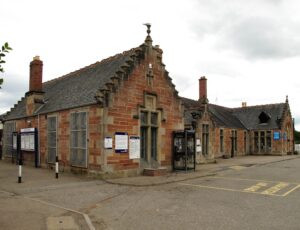
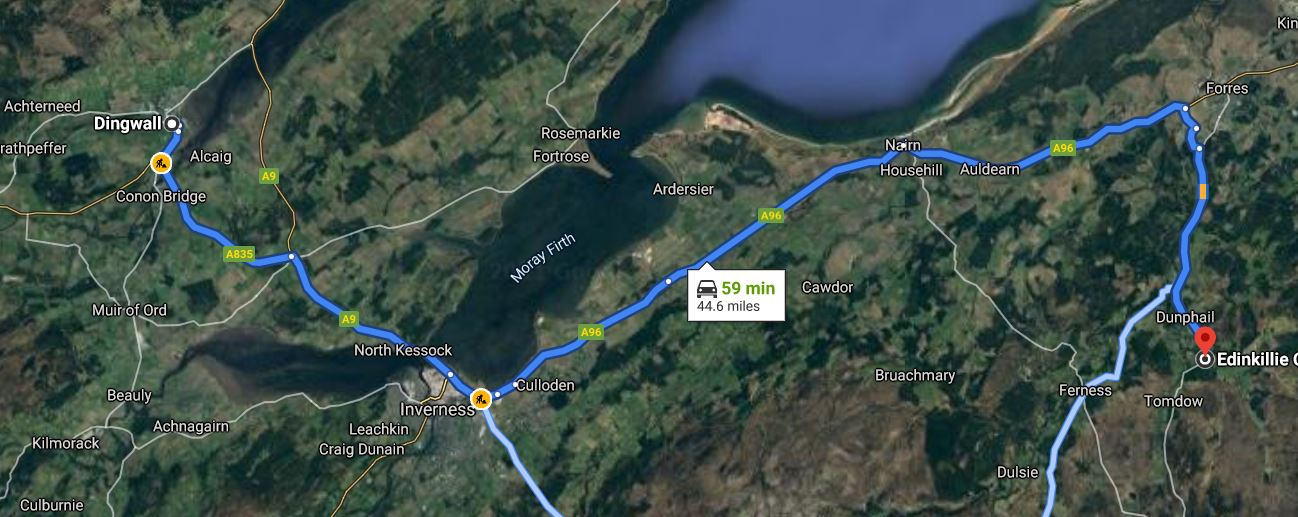
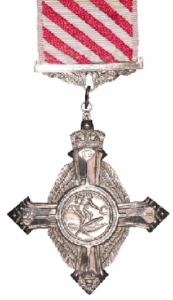
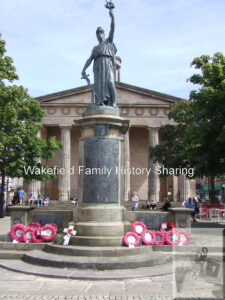
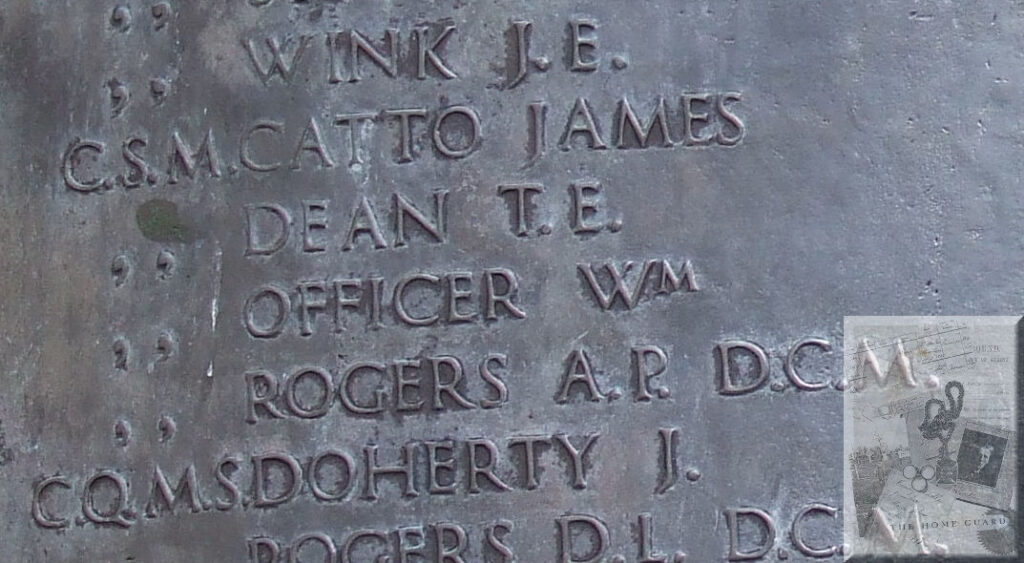
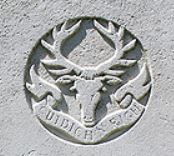
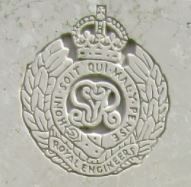
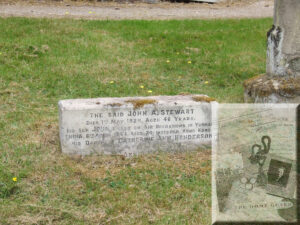

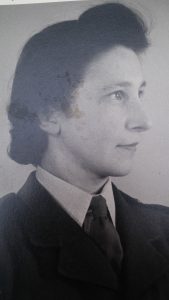
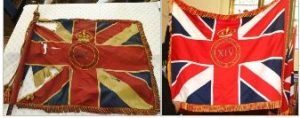
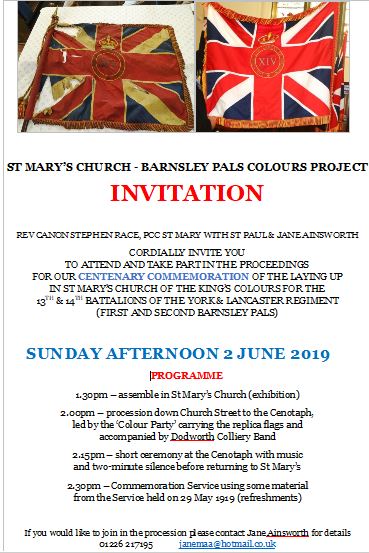
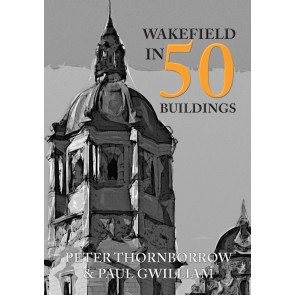

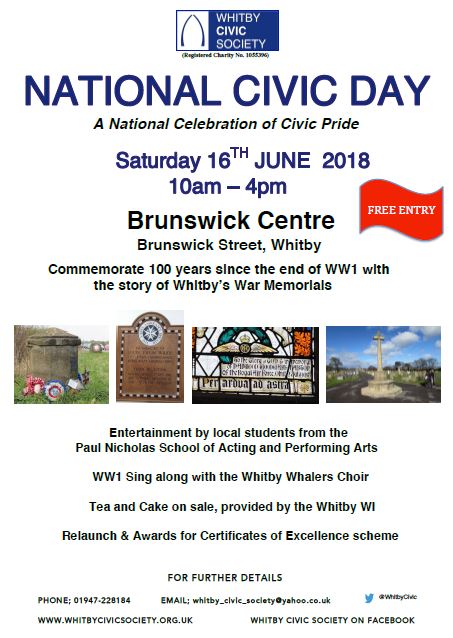 on
on